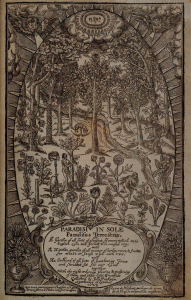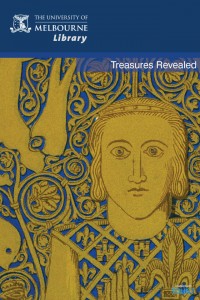Free Public Lecture
‘Recasting Resource Investments in the New Normal: The rise of Special
Collections’ – a free public lecture by Richard E. Luce, Vice Provost and Director of Libraries, Emory University, USA.
In an era when access to a large canon of scholarly resources is commonly available, how can an academic library demonstrate its value to the parent institution? This Information Futures Forum hosted by the University Library will interest collection managers, archivists, library directors, finance managers, trustees and those involved in developing and preserving cultural and library collections.
Wednesday 21 March, 1.00 pm
Coles Theatre, Melbourne Business School, Bldg no. 202, Leicester Street, Carlton
Details and bookings: www.informationfutures.unimelb.edu.au/forums/list/rick_luce




